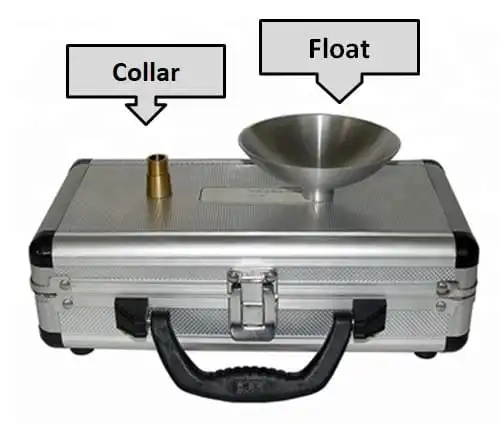Ready-mix concrete (RMC) is a kind of concrete that is made in a cement factory, also known as a batching plant, using a specified mixture of ingredients. The concrete is subsequently delivered to the work site by a truck fitted with mixers. This yields an exact mixture that may be used to generate and use bespoke concrete mixes on construction sites. The industry didn’t begin to expand until the late 1980s, despite the fact that the first ready-mix concrete factory was built in the 1930s. Since then, it has seen significant expansion.
Sometimes ready mix concrete is preferred over on-site concrete mixing because it can provide a bigger volume with exact mixture proportions and less ambiguity on the construction site. When a predefined concrete mixture is used, there is less flexibility in the concrete’s component parts and supply chain.
Customized concrete products are another term for ready-mix concrete used in commercial settings. Ready-mix concrete (RMC) is concrete that has been particularly prepared to be delivered to the customer’s construction site in a freshly mixed, plastic, or unhardened condition. Portland cement, water, and aggregates—which might be sand or crushed stone—are the constituents of concrete. Each of these materials is bought separately and mixed on site to form concrete in preset ratios on traditional building sites. Ready-to-use concrete is bought and sold according to its volume, which is often expressed in cubic meters (or cubic yards in the US).
The production of ready-mix concrete under controlled circumstances, its transportation, and its installation at the site all need sophisticated machinery and methods. In 2011, there were 2,223 ready-mix concrete manufacturers in the US, with 72,924 workers.
Contents:
- Process
- Advantages
- Disadvantages
- Volumetric Mixer
The Process of making ready-mix concrete
The components of ready mix concrete are weight-batched at a centrally situated plant and include cement, aggregates, sand, water, and other chemicals for maximum quality. The concrete arrives at the construction site in transit mixers and is immediately usable; no further preparation is required. The self-contained facility monitors the water-to-cement ratio, admixture dosage, moisture content, and weigh-batching exactly to produce high-quality concrete.
Every component used to make ready-mix concrete is put through a rigorous quality and physical property testing process in a cutting-edge laboratory attached to the plant to make sure it complies with relevant international standard codes. The moisture probe calculates how much water is present in the sand and aggregates. This makes it easy to determine how much water should be added while preparing the mix. Trial mixes are prepared and assessed to ensure that every batch of concrete that leaves the plant fulfills different mix designs according to the client’s needs with variable grades of concrete.
Advantages of ready-mix concrete
The following are some advantages of ready-mix concrete:
- Through planned delivery to the building site, automated operation, and consequent cost savings, ready mix concrete (RMC) enables faster construction.
- RMC reduces personnel and site monitoring expenses.
- By carefully and electrically regulating the water and sand aggregates in compliance with mix parameters, RMC offers exceptional consistency.
- By producing RMC, cement waste from bulk handling is decreased.
- The majority of the production of RMC is pollution-free.
- shorter project length results in cost savings throughout the board.
- Shrewd resource management and frugal raw material use preserve natural resources.
- Cons of use ready-mix concrete
The following are ready-mix concrete’s drawbacks:
- At the central facility where the components are batched, the mixing procedure begins. The transit time between the plant and the destination is thus critical over longer distances.
- There are places that are just too far away, which raises the risk that ready-mix concrete may become worthless due to setting. The roadways will see an increase in traffic as a consequence.
- Ready mix trucks are often large and may take up a significant amount of space on the road, hindering other traffic.
- Additionally, the access roads and site access must be able to sustain the ready-mix truck’s increased weight plus the load. (A square meter of green concrete weighs around 2.5 tons.) Using “mini mix” companies, who employ 4 m³ capacity mixers that are smaller and can reach more restricted sites, is one way to address this problem.
- As ready-mix concrete has short curing and mixing durations, it should be put to the batch no later than 210 minutes after the plant batches. The kind and amount of admixture added to the mixture is very important, however contemporary admixtures have the ability to precisely change that time frame.
Volumetric-controlled mobile mixer
With a volumetric mobile mixer, pre-prepared concrete may be used in its place. This process is a hybrid of ready-mix concrete and traditional on-site mixing. On building sites, a vehicle called a volumetric mobile mixer is used to mix and move concrete in the necessary quantities. It has a lot of water and ingredients. On-truck mixing at the project site eliminates the ready-mix concrete problems, such as delays that might make the pre-mixed concrete worthless.







